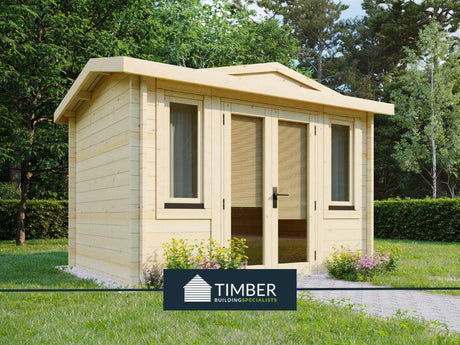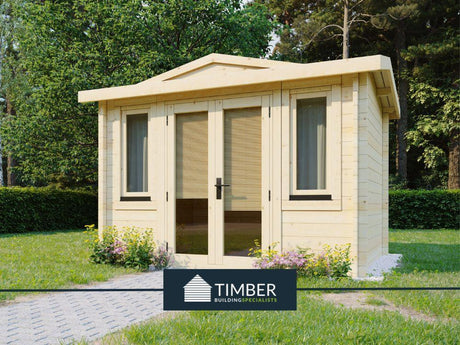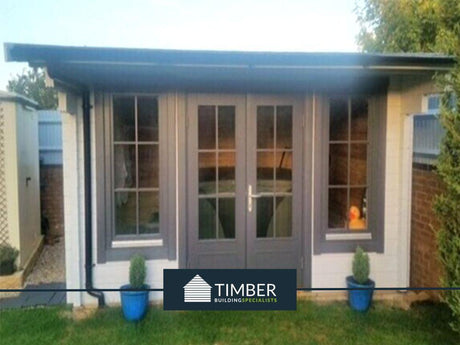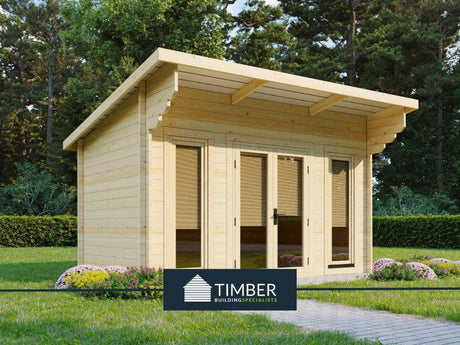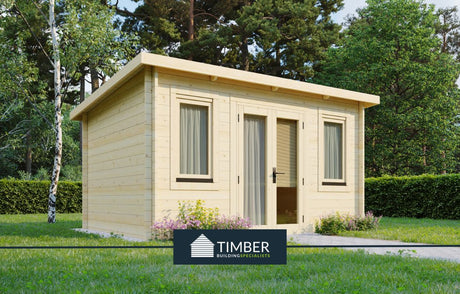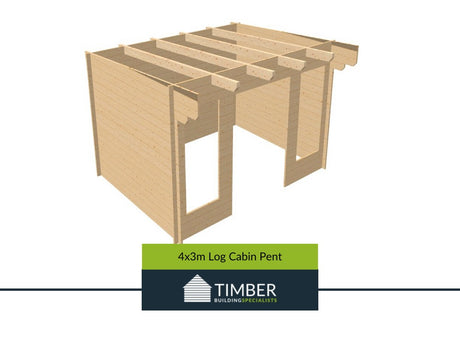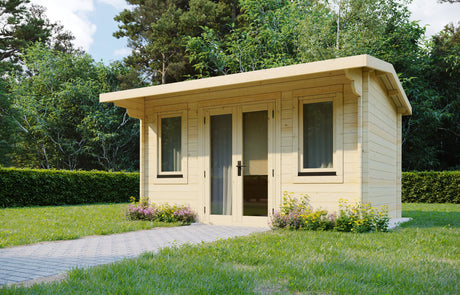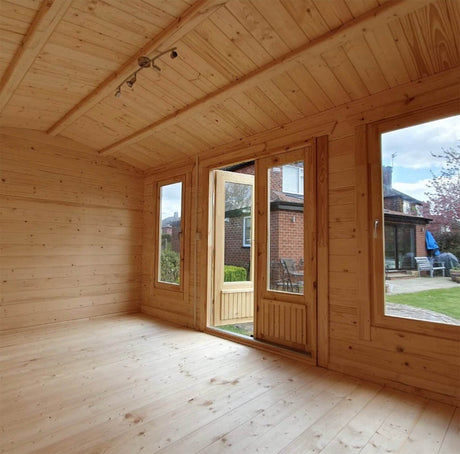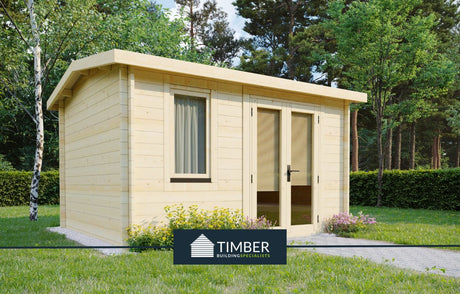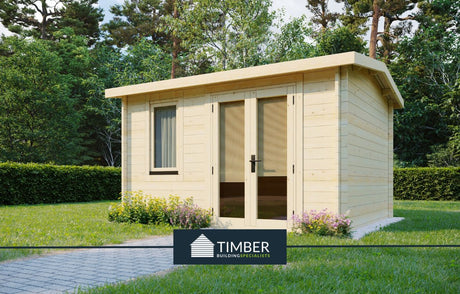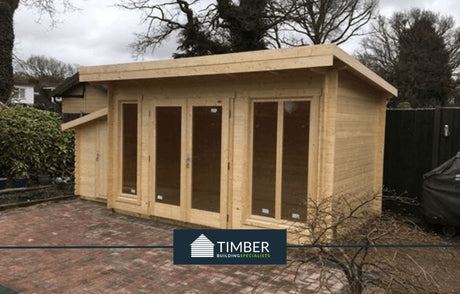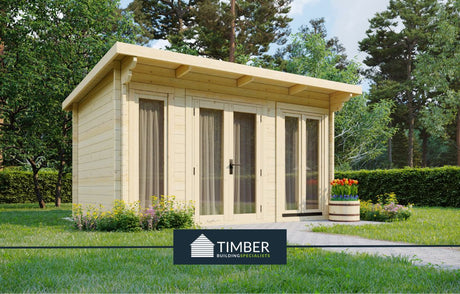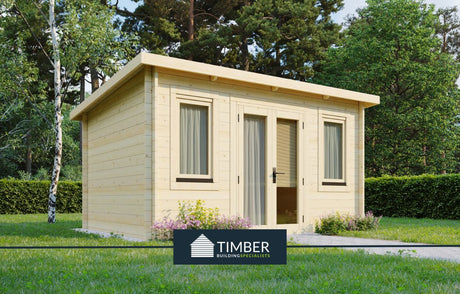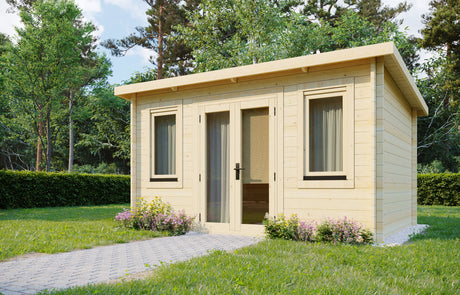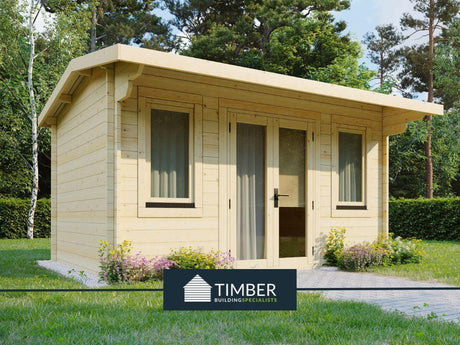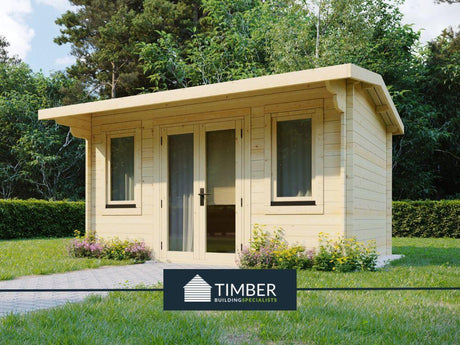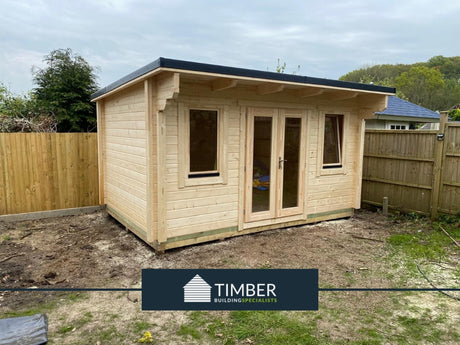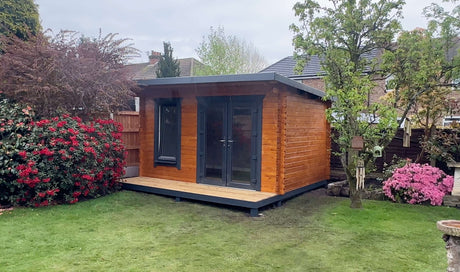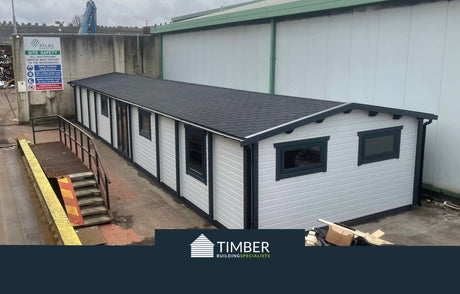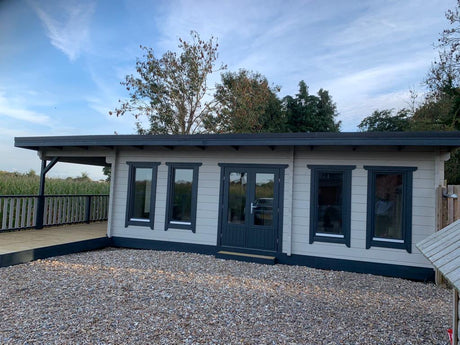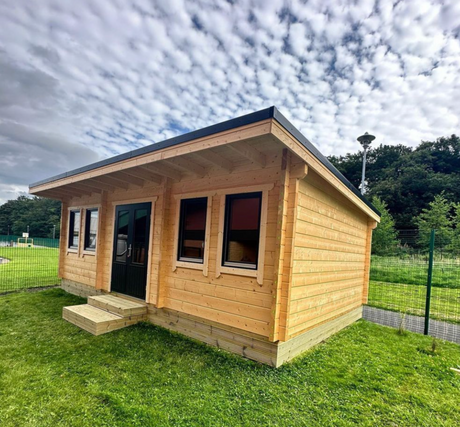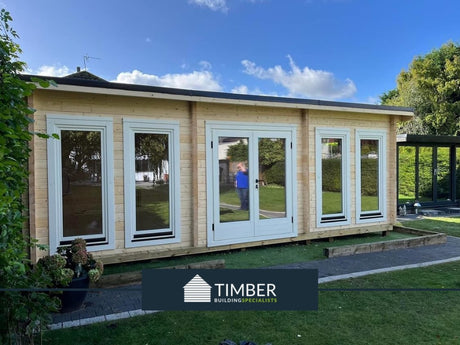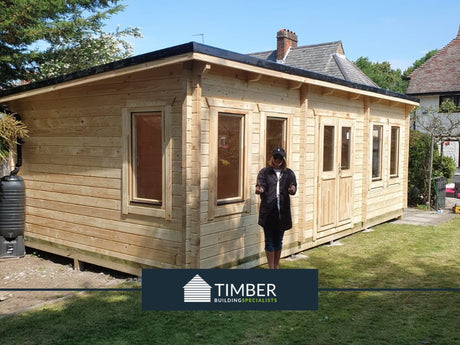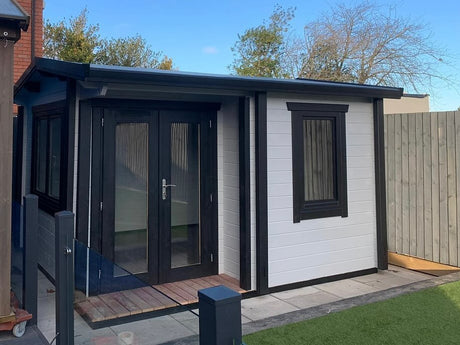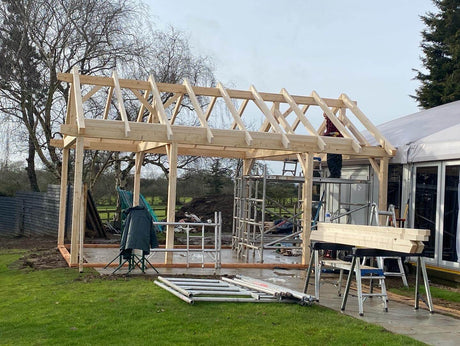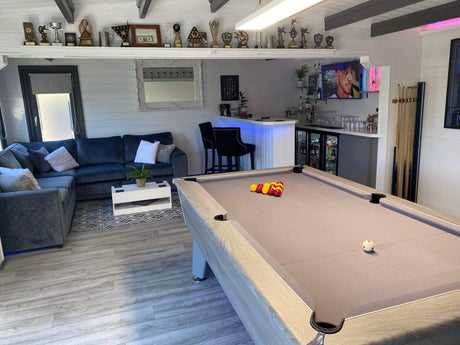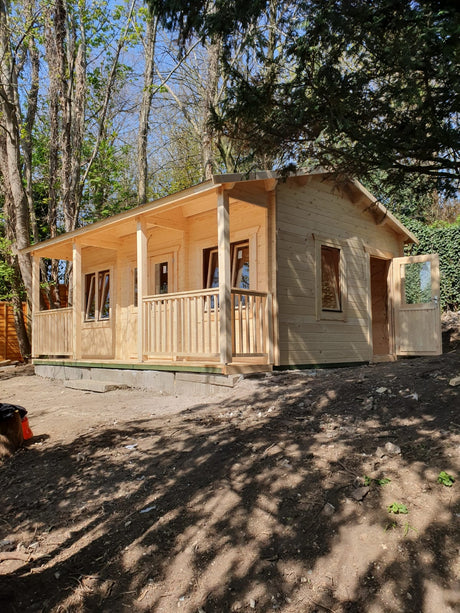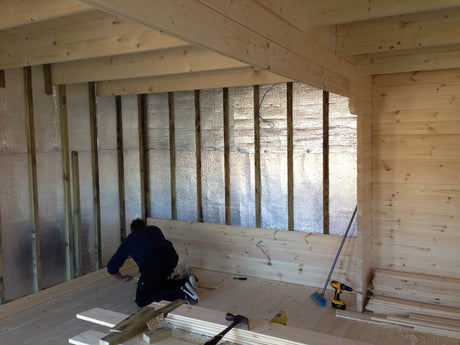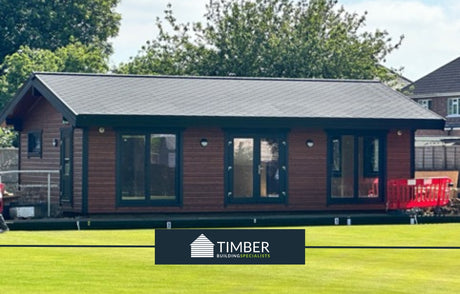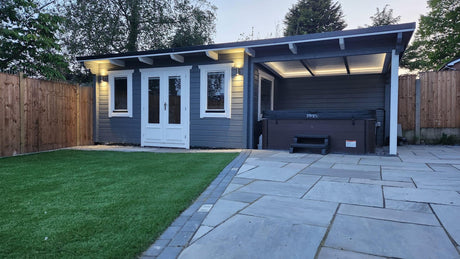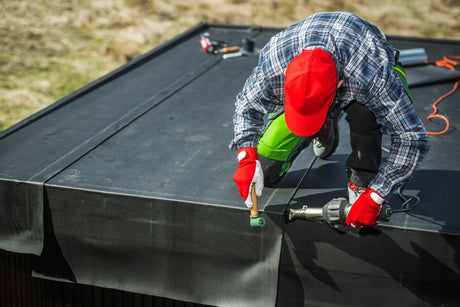The Rise of Sustainable Log Cabins: A Look at Eco-Friendly Options
As the world becomes more environmentally conscious, the desire for sustainable and eco-friendly options in all areas of life has increased. This trend has extended to the construction industry, where more people are choosing to build sustainable log cabins as a way to reduce their carbon footprint and live a more eco-friendly lifestyle. In this blog, we'll take a closer look at the rise of sustainable log cabins, exploring some of the most popular eco-friendly options available.
1. The Benefits of Sustainable Log Cabins
Sustainable log cabins offer several benefits over traditional construction methods. Firstly, they are often made from locally sourced timber, reducing the carbon footprint of the building materials. They are also more energy-efficient than traditional homes and can be designed to incorporate passive solar design principles for maximum energy efficiency.
2. Choosing Eco-Friendly Building Materials
Sustainable log cabins are constructed from materials that create minimal environmental impact. Timber is a renewable resource, and when harvested sustainably, it can be a low-impact building material with a lower carbon footprint than many others. Other eco-friendly building materials that can be used in sustainable log cabins include recycled insulation, low VOC paints and finishes, and natural materials for flooring and countertops.
3. Sustainable Building Techniques
Sustainable building techniques aim to minimise the carbon footprint of the building process, as well as the ongoing environmental impact of the building. Techniques used in sustainable log cabin construction may include using less energy-intensive machinery, minimising waste and reusing or recycling as much material as possible.
4. Log Cabin Insulation
When it comes to insulation, sustainable log cabins can use several eco-friendly materials such as cork insulation, sheep wool insulation, and recycled newspaper insulation. By using sustainable insulation options, log cabins can remain comfortable throughout the year and retain the desired temperature inside the cabin without consuming an excessive amount of energy.
5. Passive Solar Design
Passive solar design is an eco-friendly technique that can be used in log cabin construction to maximise solar gain during the winter months while minimising heat gain during the summer. Log cabins can be designed with the proper orientation and glazing to allow for passive heating and cooling, which reduces the need for artificial heating and cooling systems.
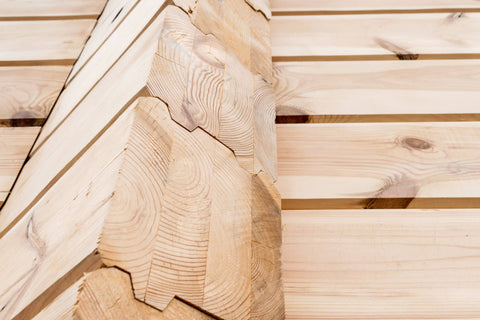
Eco-Friendly Options for Log Cabins:
1. Sustainable Timber:
One of the easiest ways to ensure your log cabin is eco-friendly is to use sustainable timber. This means using wood from forests that are responsibly managed and replanted, rather than using wood that has been illegally or unsustainably harvested.
2. Insulation:
Another way to make your log cabin more eco-friendly is to invest in high-quality insulation. This will help keep the cabin warm in the winter and cool in the summer, reducing the need for additional heating or cooling.
3. Solar Panels:
Installing solar panels on your log cabin can help you generate your own energy and reduce your carbon footprint. This is a particularly effective way to power remote cabins that are off the grid.
4. Eco-Friendly Paints and Stains:
When finishing your log cabin, be sure to use eco-friendly paints and stains that are free from harmful chemicals and low in volatile organic compounds (VOCs).
5. Green Roofs:
Green roofs are a great way to add more green space to your property, while also providing insulation and improving air quality. They can be particularly effective in the summer, reducing the need for additional cooling.
Summary:
Sustainable log cabins are becoming increasingly popular, thanks to their affordability, versatility, and eco-friendliness. Choosing eco-friendly building materials, sustainable building techniques, and passive solar design can help you create a sustainable log cabin that reduces your carbon footprint, utilises locally sourced materials, and is energy-efficient.
As we can see, there are many options available for those looking to build a sustainable log cabin. By using eco-friendly materials and investing in high-quality insulation and energy-efficient systems, you can reduce your carbon footprint and create a more environmentally friendly home.
FAQ:
Q: Are log cabins eco-friendly?
A: Log cabins can be eco-friendly if they're built using sustainably sourced timber and other eco-friendly materials. Additionally, investing in insulation, solar panels, and other energy-efficient systems can help reduce your carbon footprint.
Q: What are some of the benefits of building an eco-friendly log cabin?
A: Building an eco-friendly log cabin can help reduce your carbon footprint and support sustainable living. Additionally, eco-friendly log cabins can be more energy-efficient, saving you money on your energy bills in the long term.
Q: Are log cabins expensive to build?
A: Log cabins can be built to suit a range of budgets. The cost will depend on factors such as the size of the cabin, the building materials used, the level of insulation, and any added features such as solar panels or a green roof.
Q: Is it difficult to maintain a log cabin?
A: Log cabins require regular maintenance, just like any other home. The key to maintaining a log cabin is to keep it clean, well-ventilated, and protected from the elements. Regular cleaning, pest control, and staining or sealing the logs can help to preserve the cabin's structural integrity and aesthetic appeal.


